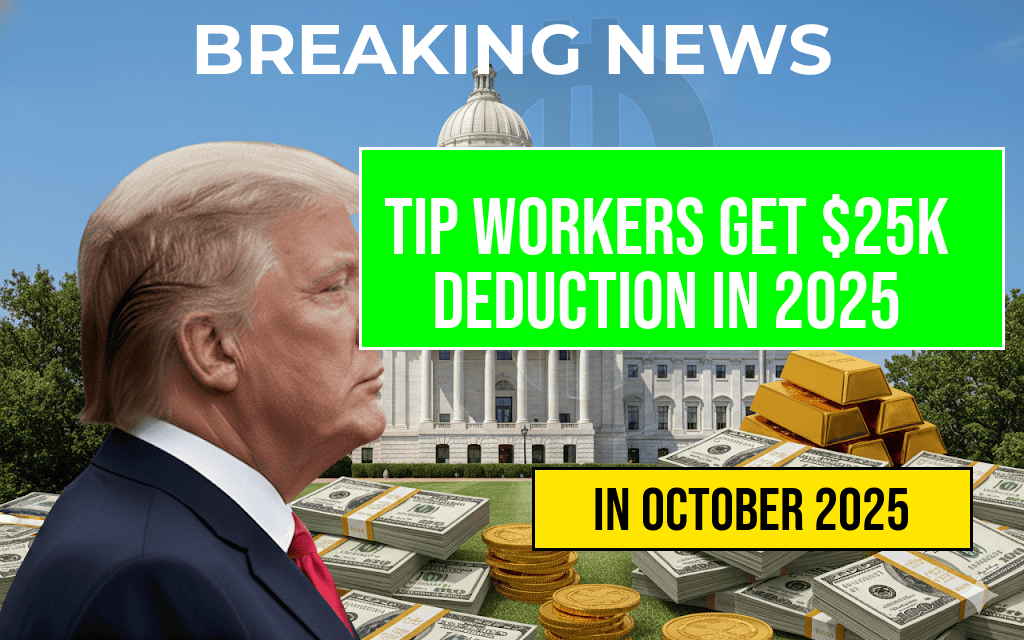Tax reporting requirements for gig economy workers and independent contractors have undergone significant changes recently, affecting how individuals manage their side income. The IRS now emphasizes reporting on 1099-K forms only when a taxpayer exceeds specific payment thresholds, primarily over $20,000 in gross payments and more than 200 transactions annually. This shift aims to reduce the reporting burden on small-scale earners but also raises questions about compliance and record-keeping for those earning under the threshold. As a result, many side hustlers are reevaluating their earning strategies, considering which activities are most profitable without triggering additional tax documentation. For those navigating this landscape, understanding the thresholds and reporting obligations is crucial to avoid surprises during tax season. This article explores the implications of the new rules, how to determine if your side income warrants 1099-K reporting, and practical tips for managing your freelance or gig earnings effectively.
Understanding the 1099-K Reporting Threshold
The 1099-K form is used by payment settlement entities (PSEs), such as PayPal, Square, and other online payment platforms, to report gross payment volume to the IRS. The recent change in reporting criteria, effective from the 2022 tax year, stipulates that a taxpayer will receive a 1099-K only if they earn more than $20,000 in gross payments and conduct over 200 transactions through a single platform within a calendar year. This dual threshold was designed to streamline reporting for small-scale sellers and casual earners, reducing the paperwork burden for those whose earnings are relatively modest.
| Criteria | Threshold |
|---|---|
| Gross Payments | > $20,000 |
| Number of Transactions | > 200 |
It’s essential to clarify that earning less than these thresholds does not exempt you from reporting income; it merely means you might not receive a 1099-K from payment processors. The IRS still expects all income to be reported on your tax return, regardless of whether a form is received. Therefore, diligent record-keeping remains vital for anyone earning side income, whether or not they cross the reporting thresholds.
Impacts on Side Hustlers and Freelancers
For many individuals engaged in gig work, selling crafts online, or participating in sharing economy platforms, the new thresholds can influence how they approach their side businesses. Freelancers earning under $20,000 and conducting fewer than 200 transactions typically won’t receive a 1099-K, but they are still legally obligated to report their earnings. This shift may encourage some side hustlers to keep closer tabs on their income streams to ensure compliance during tax filing.
Conversely, those earning above the threshold may find the process more straightforward, receiving a 1099-K that simplifies income reporting. However, it also increases the importance of distinguishing between gross payments and taxable income, as gross figures may include refunds, chargebacks, or other non-taxable amounts. Taxpayers should consult with tax professionals or review IRS guidelines to accurately report their earnings.
Strategies for Managing Your Side Income
- Maintain Accurate Records: Keep detailed logs of all income sources, including invoices, bank statements, and receipts. This practice ensures proper reporting regardless of whether a 1099-K is received.
- Separate Business Accounts: Use dedicated bank accounts or payment platforms for side business transactions to streamline tracking and reduce confusion during tax season.
- Understand Deductible Expenses: Track expenses related to your side hustle, such as supplies, travel, or marketing costs, to reduce taxable income.
- Consult Tax Professionals: Regular consultations with tax advisors can help optimize deductions and ensure compliance with evolving reporting requirements.
Legal Considerations and Future Changes
The IRS periodically reviews and updates tax reporting rules, including thresholds for Form 1099-K. Proposed adjustments aim to further simplify reporting and reduce burdens on small earners, but they also raise questions about tax enforcement and compliance. Staying informed about legislative changes and IRS guidance is critical for anyone earning supplemental income.
For more information on tax obligations related to gig economy work and independent contracting, visit the IRS website and reputable financial resources such as Forbes.
Frequently Asked Questions
What is a 1099-K report?
A 1099-K report is a tax form used to report payments received through third-party payment processors, such as PayPal or credit card transactions. It helps the IRS track income from online sales and side hustles.
When do I need to receive a 1099-K for my side hustle?
You will receive a 1099-K if you earn over $20,000 in gross payments and have more than 200 transactions through a third-party payment platform within a calendar year.
Can I have a side hustle without receiving a 1099-K?
Yes, if your total payments are under $20,000, or you have fewer than 200 transactions, you might not receive a 1099-K. However, you are still legally required to report all income on your tax return.
What should I do if I receive a 1099-K but I believe the income is incorrect?
If you receive a 1099-K with incorrect information, contact the payment processor to resolve discrepancies. Keep detailed records of your transactions to accurately report your income and ensure proper tax compliance.
Is earning over $20,000 the only factor to consider for my side hustle’s tax reporting?
No, while the $20,000 threshold is important for 1099-K reporting, all income from your side hustle must be reported on your tax return, regardless of the amount earned.






